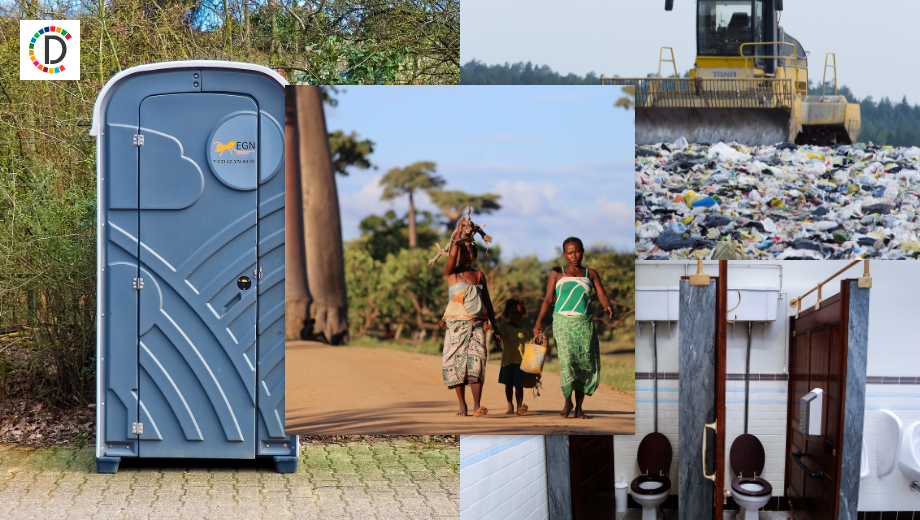Utilise Chenab river water, shelve SYL canal issue: Punjab CM to Centre
The issue has been under discussion for a long time, and earlier deliberations held on July 9 had already indicated a positive shift, he said.This time, we have moved a step further.

- Country:
- India
Punjab Chief Minister Bhagwant Mann on Tuesday urged the Centre to utilise the waters of the Chenab River to resolve the water-sharing dispute between his state and Haryana and sought the scrapping of the Sutlej Yamuna Link (SYL) canal project.
Mann participated in a meeting called by Union Jal Shakti Minister C R Patil in Delhi over the SYL canal issue, in which Haryana Chief Minister Nayab Singh Saini was also present.
The Punjab chief minister said in the last meeting held on July 9, the Union government informed that the Indus Water Treaty with Pakistan has been suspended and it opens up an opportunity for India to utilise water from the Chenab River, one of the western rivers earlier given to Pakistan under the treaty.
An official statement quoting Mann said the Centre should now divert Chenab's waters to Indian dams like Ranjit Sagar, Pong, or Bhakra, adding that to carry this extra water, new canals and infrastructure would be required, which would be built in Punjab.
Mann said these canals and infrastructure can be first used to meet the needs of the state, and after Punjab's requirements are met, the water can be supplied to Haryana and Rajasthan through the same canal system.
He said using Chenab water will reduce Punjab's dependence on groundwater, revive surface irrigation and support the farming community, which is the backbone of the state's economy, besides saving groundwater of the state for future generations.
Punjab, which is currently facing groundwater depletion, must be prioritised in any future strategies for the usage, diversion, or allocation of these river waters, he said.
Mann also said the waters of the western rivers should be allocated to Punjab on a priority basis, adding that new storage dams upstream of existing Bhakra and Pong in Himachal Pradesh should be constructed, which will significantly enhance the storage and regulation of western river waters.
Seeking the shelving of the SYL project, Mann unequivocally said that the Sharda-Yamuna Link for transfer of surplus Sharda River water to the Yamuna River and diversion of Chenab water to Beas River through the Rohtang tunnel should be done to eliminate the need for the SYL canal.
He said the long-conceived project of Sharda-Yamuna Link should be taken up on priority and surplus water be transferred to the Yamuna River at a suitable location.
Mann said the additional water available could offset the balance water requirement of Haryana from the Ravi-Beas system, apart from addressing the ever-growing drinking water requirement of Delhi and the availability of the Yamuna water to Rajasthan.
Batting for the Yamuna-Sutlej Link (YSL) canal, he said that the memorandum of understanding of May 12, 1994, of allocation of Yamuna waters between Delhi, Uttar Pradesh, Himachal Pradesh, and Rajasthan is to be reviewed after 2025.
Therefore, Punjab should be included as a partner state in the allocation of Yamuna waters, and 60 per cent of the surplus water of the Yamuna River should be considered for the state, he said.
Haryana has enough scope to get additional water from other sources, which also needs to be accounted for, said Mann.
He said that Haryana is also receiving 2.703 million acre-feet (MAF) of water from the Ghaggar River, Tangri Nadi, Markanda River, Saraswati Nadi, Chautang-Rakshi, Nai Nalah, Sahibi Nadi, Krishna Dhuan, and Landoha Nalah, which has not been accounted for so far when deciding the water allocations between the states.
Mann reiterated that the SYL canal is an ''emotive issue'' for Punjab and its construction could trigger ''serious'' law and order challenges in the state and escalate into a national crisis, with neighbouring Haryana and Rajasthan also feeling the impact.
The total water requirement of Punjab is 52 MAF, and water available with the state of Punjab is only 26.75 MAF (surface water from three rivers, 12.46 MAF, and groundwater 14.29 MAF), said Mann.
Talking to reporters in the national capital after the meeting, Saini said a significant step forward was made on the ongoing dialogue over water-sharing between Haryana and Punjab.
The talks were held in a cordial and cooperative atmosphere. The issue has been under discussion for a long time, and earlier deliberations held on July 9 had already indicated a positive shift, he said.
This time, we have moved a step further. The discussions were held in an even more constructive environment, Saini added.
Saini asserted that Haryana will present its case in a ''positive and solution-oriented'' manner before the Supreme Court on August 13 and expressed confidence that a fair and favourable resolution will be achieved.
(This story has not been edited by Devdiscourse staff and is auto-generated from a syndicated feed.)
ALSO READ
Mallikarjun Kharge raises Pahalgam terror attack in RS, terms US President's claim of mediation between India-Pakistan 'humiliating'.
Justice Demanded: Honor Killing Sparks Outrage in Pakistan
Pakistan's Asia Cup Dilemma: Security Concerns Threaten Participation
Outrage in Pakistan Over Shocking Honour Killing Video
Diplomatic Frenzy: Trump's Meeting with Pakistan's Military Chief Sparks India-U.S. Tensions









